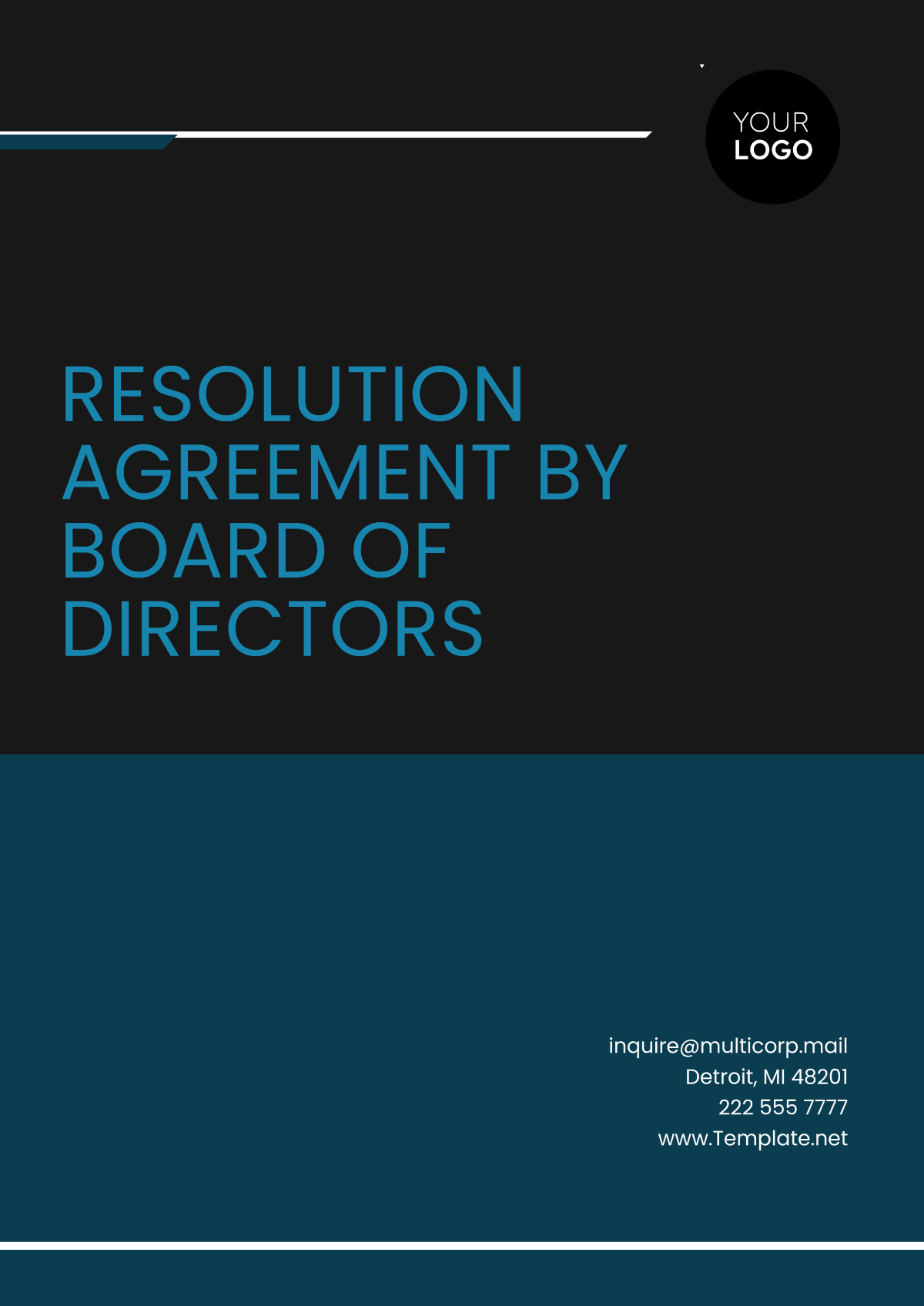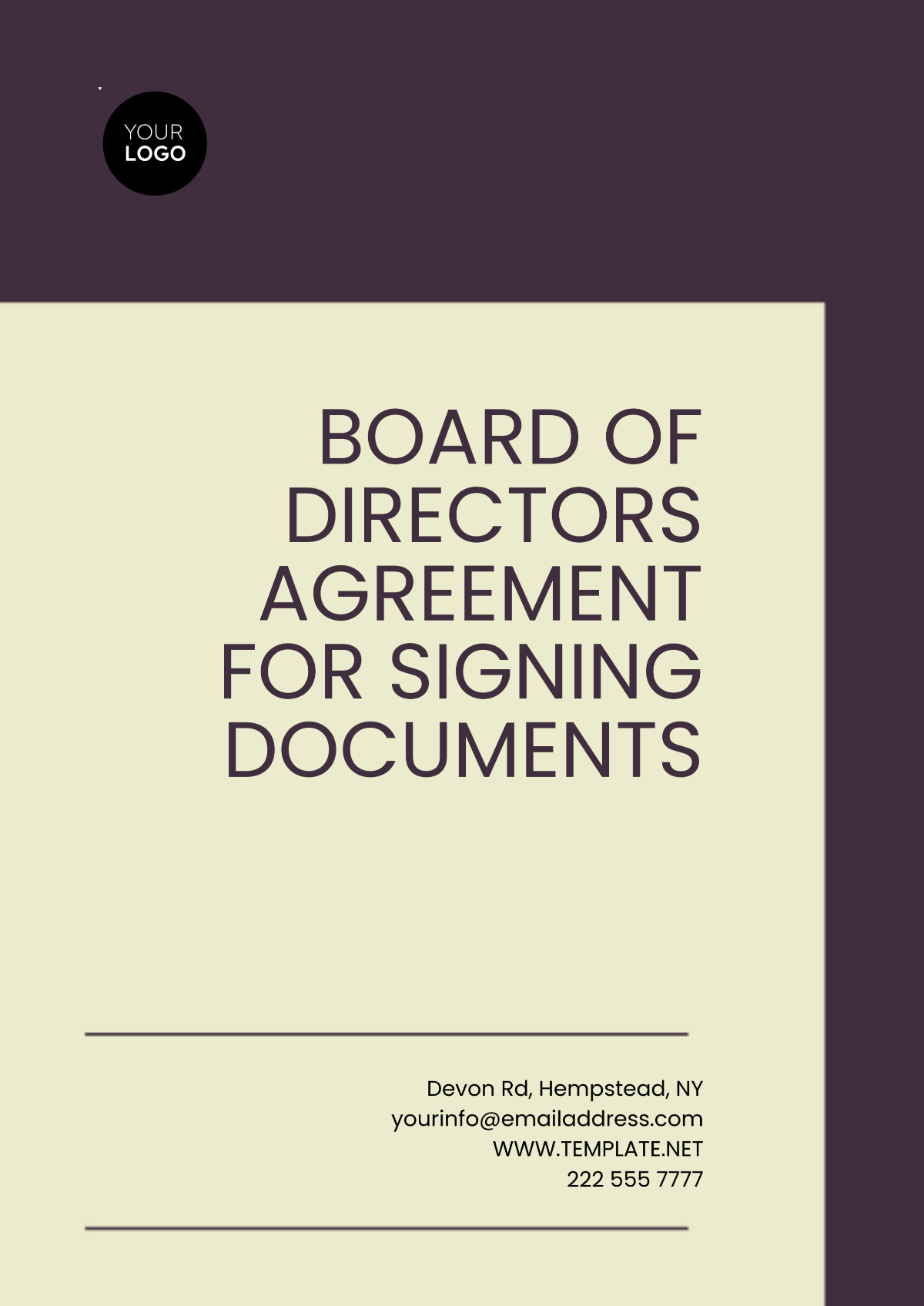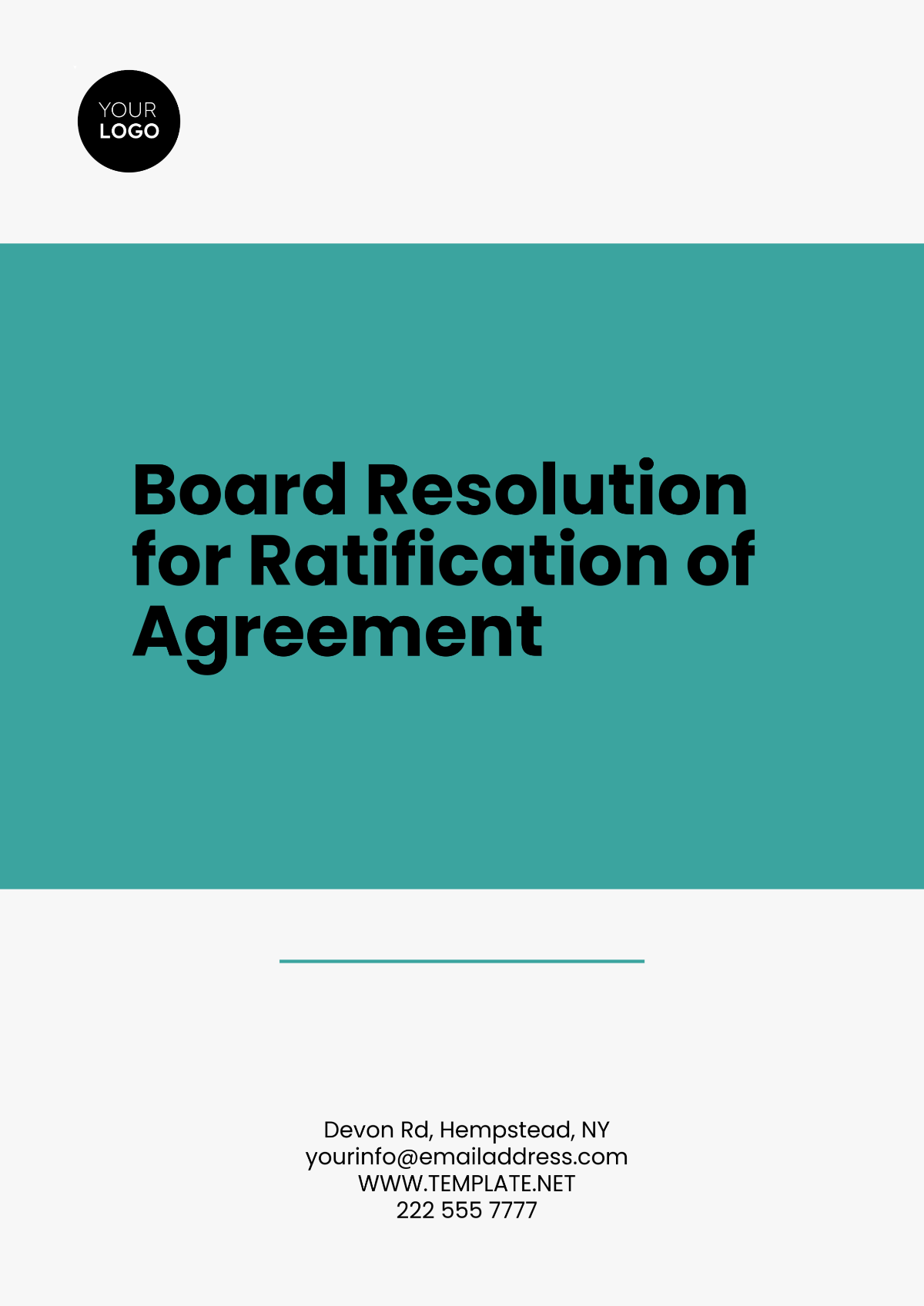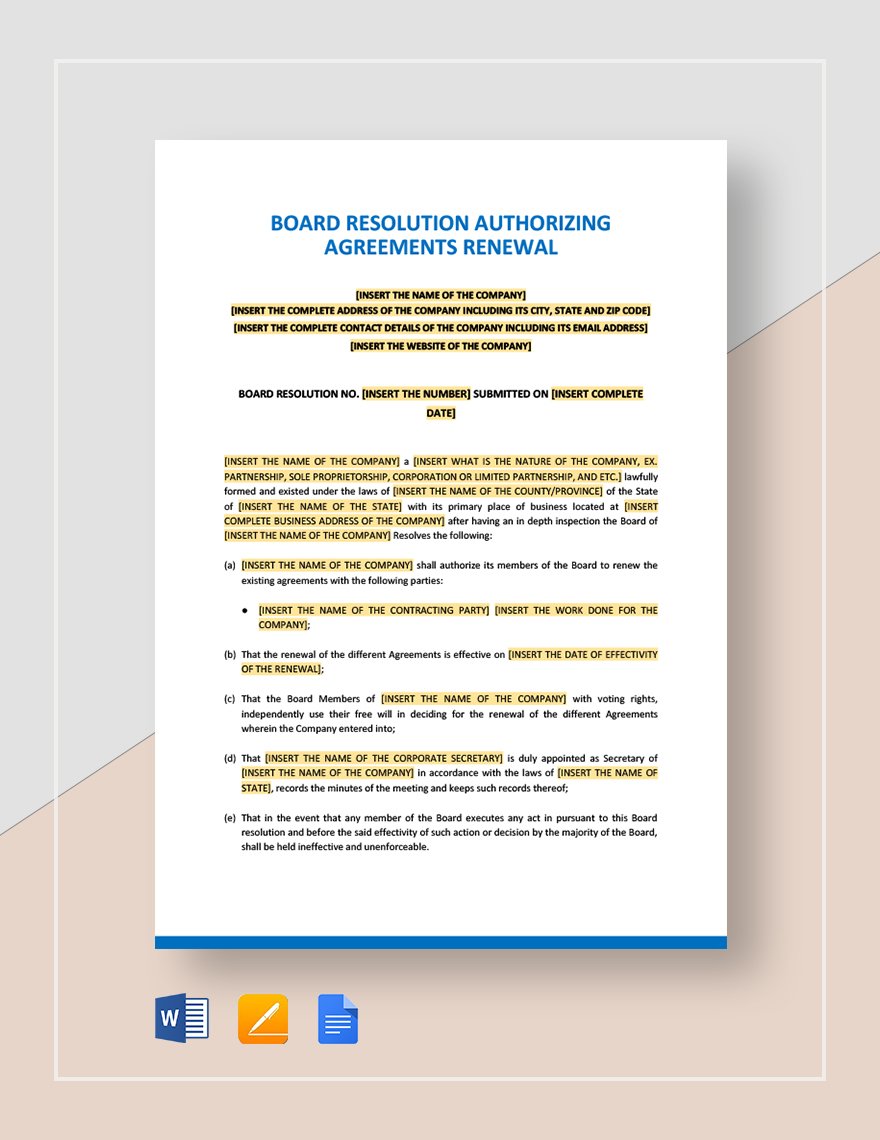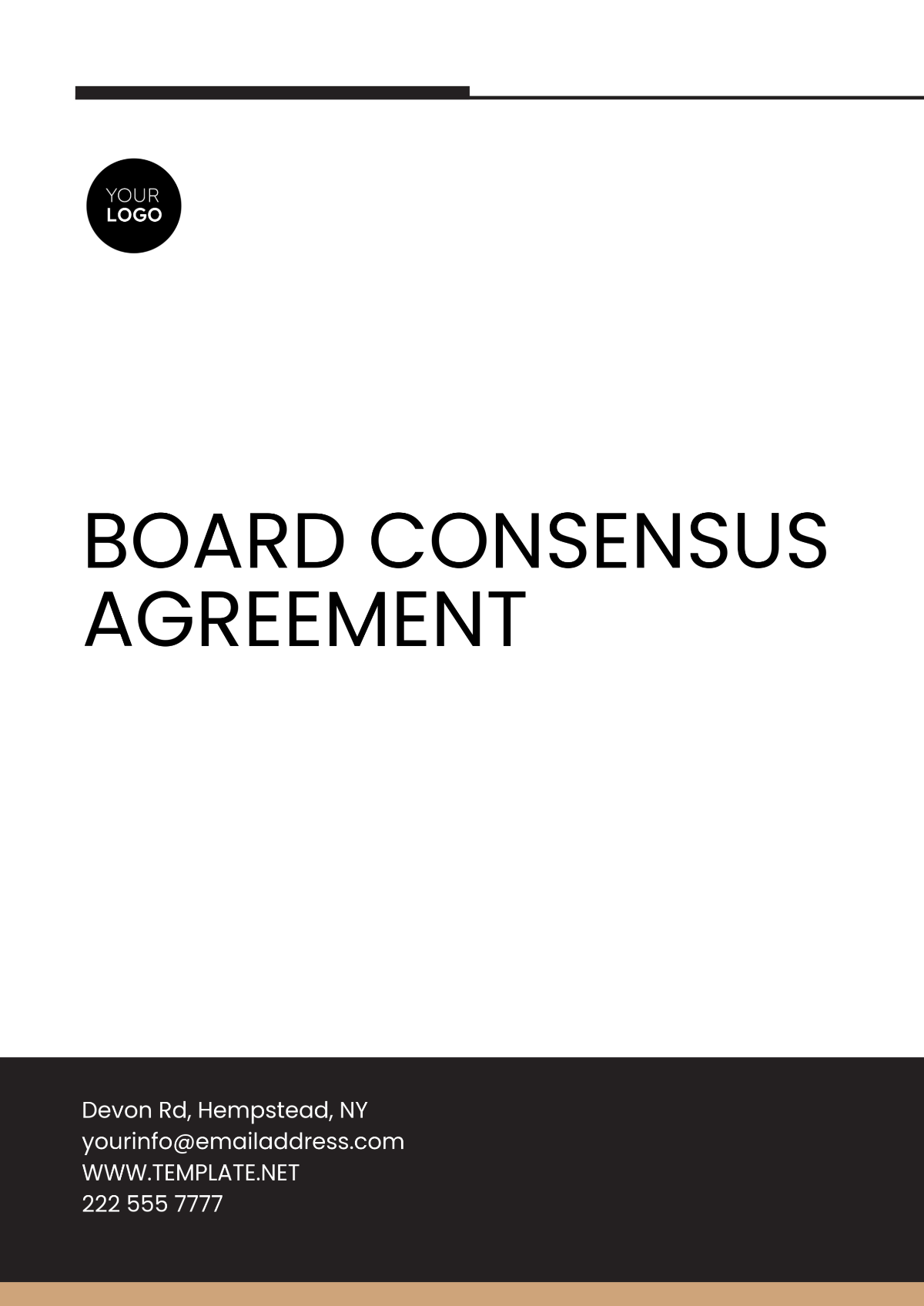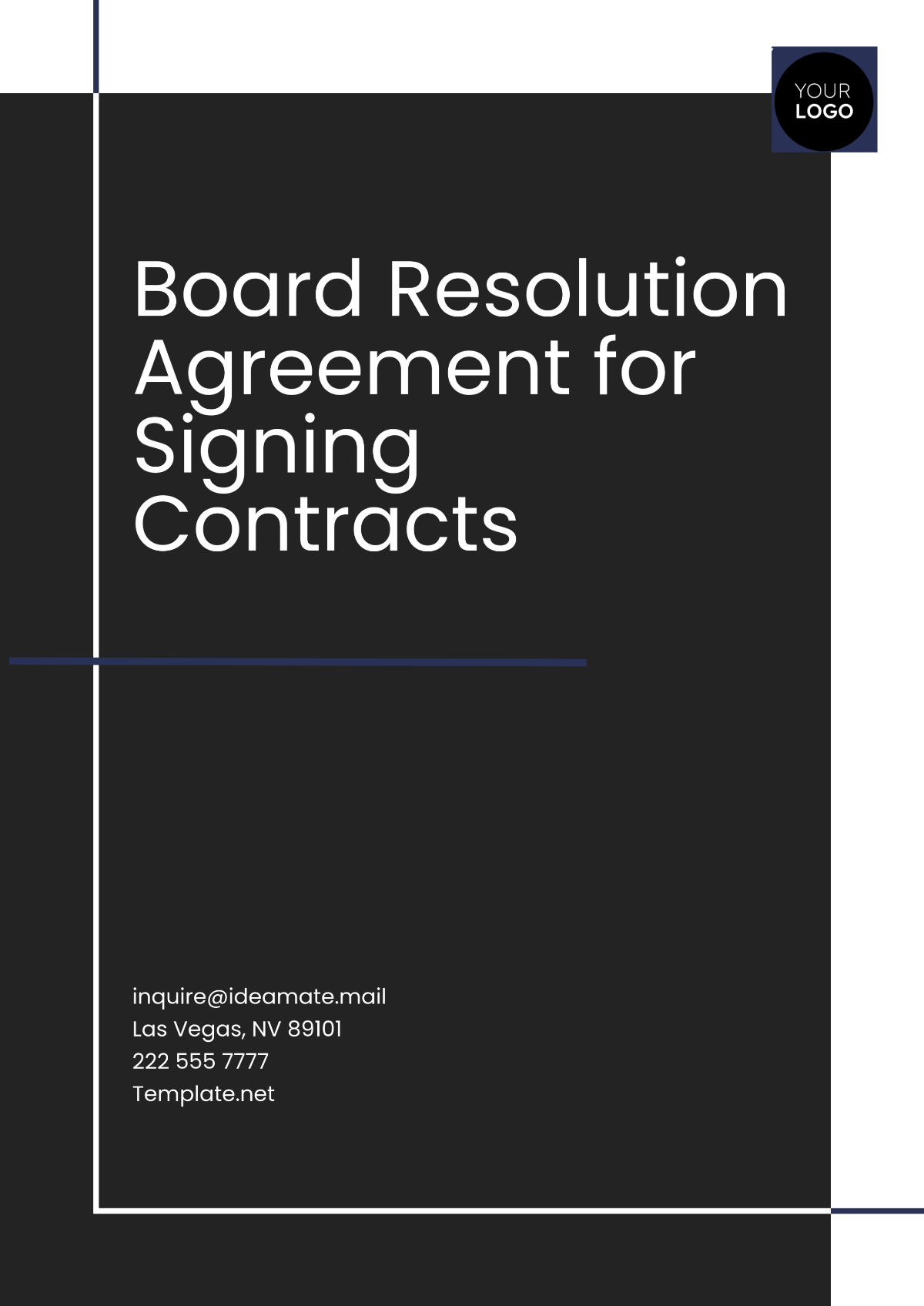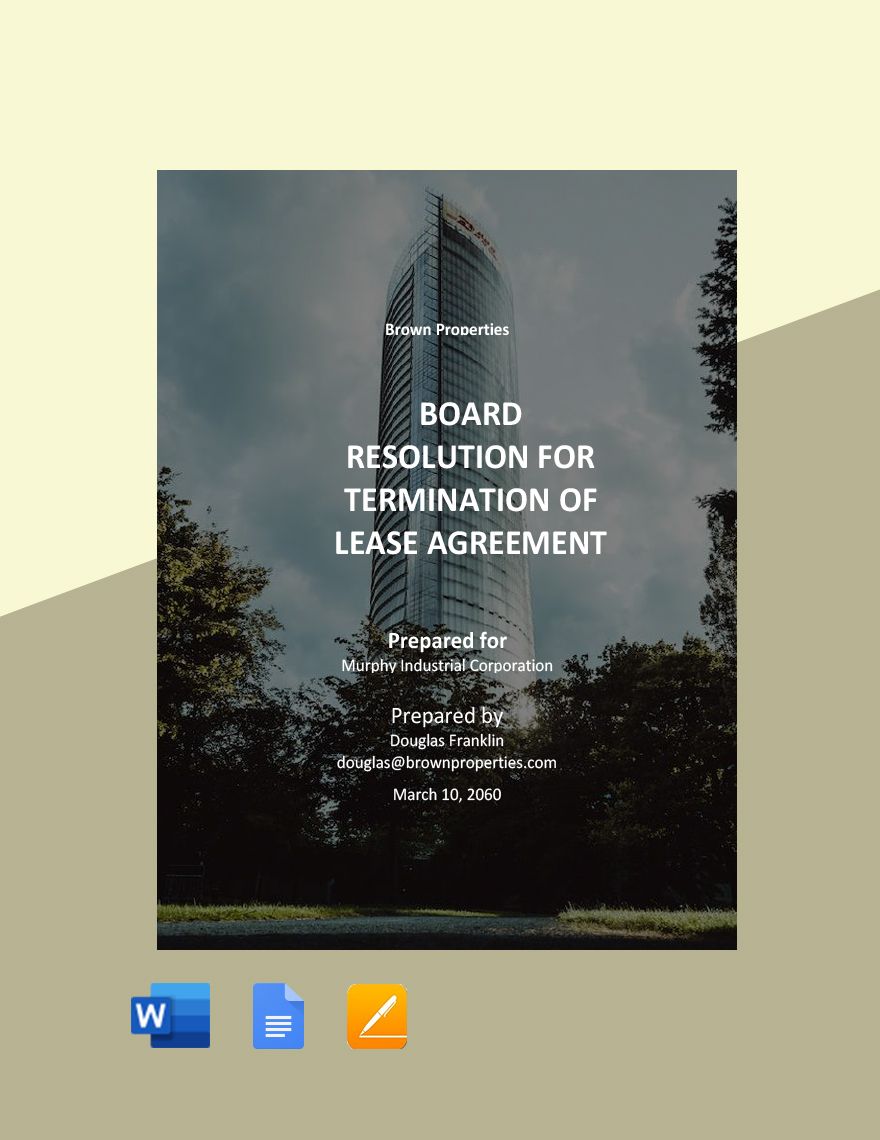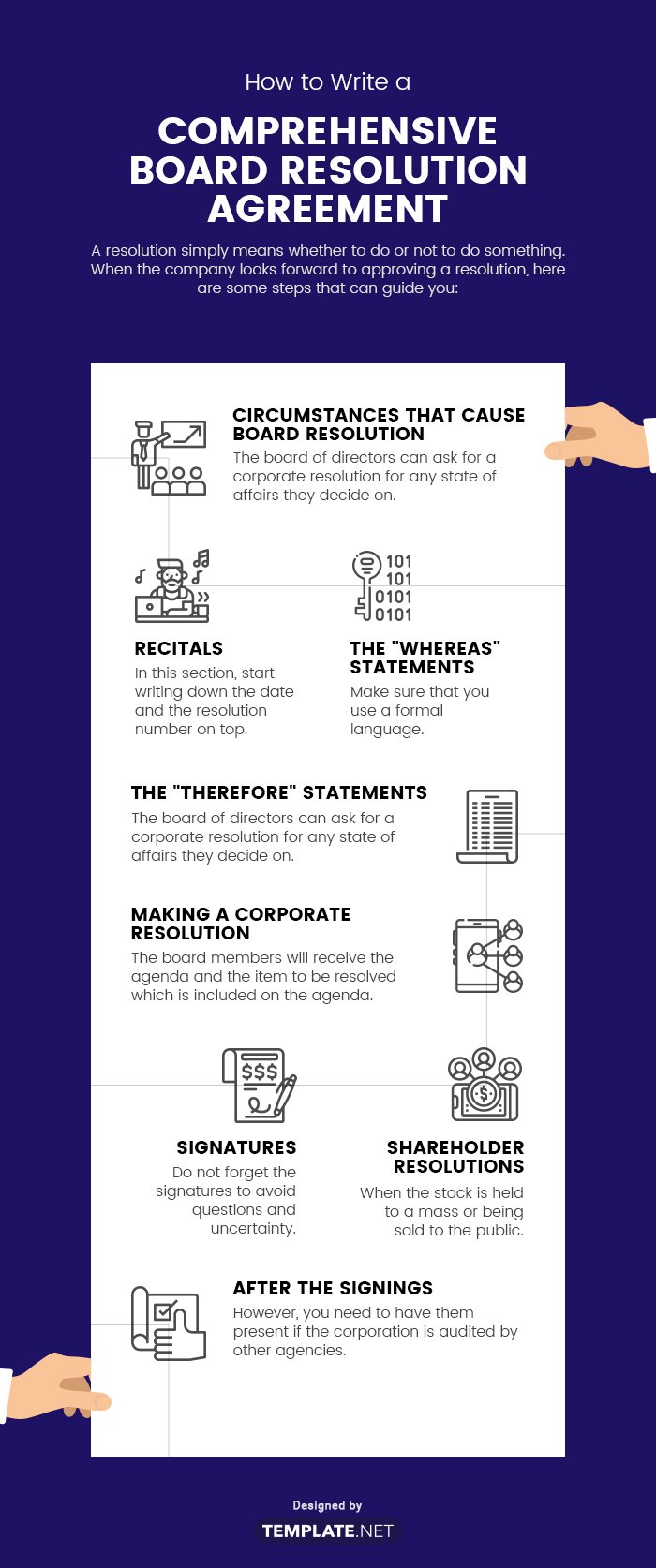A resolution simply means whether to do or not to do something. When the company looks forward to approving a resolution, here are some steps that can guide you:
1. Circumstances that Cause Board Resolution
The board of directors can ask for a corporate resolution for any state of affairs they decide on. These reasons can be because there is an important decision that has been for the company, there are newly elected officers in the company, a company desires to hire new employees, a company needs to sell shares, to record or document a board meeting, or the company wants to expand its shares.
2. Recitals
In this section, start writing down the date and the resolution number on top. Add the title of your resolution. Include a phrase that stands that a resolution is agreed upon and consented by the board members. If for instance, the resolution passes by unanimous consent, state this. If it is the other way around, you will have to insert the names of the board members with their votes.
3. The "Whereas" Statements
Make sure that you use a formal language. The "whereas" statement or statements signal the purpose of the board for making the resolution. The statements should point out the problem, recommend the time frame or the weight of the problem, the outcome of the issue, and specify if the action called for is the same or will revise, according to a website.
4. The "Therefore" Statements
This section should show the statements that point to the action to be taken. "Therefore by written unanimous consent... the (include your decision)." When a resolution is not yet voted by the board, it is called a draft resolution, but when it gets approved, it is called a resolution.
5. Making a Corporate Resolution
An agenda is made before a meeting is conducted. The board members will receive the agenda and the item to be resolved which is included on the agenda. During the meeting, there will be discussions about the agenda and will also include the resolution. Next, there will be a votation about the resolution and these votes will be recorded in the meeting minutes.
6. Shareholder Resolutions
The resolutions filed by the shareholders can be made during an annual meeting. When the stock is held to a mass or being sold to the public, there will be a regulation of the resolution process. These are non-binding resolutions and not compulsory to the corporate board.
7. Signatures
Signatures are important to know if it is approved by the board. For the contract to appear legal and effective, it is important to have this resolution signed. Do not forget the signatures to avoid questions and uncertainty.
8. After the Signings
When the board resolution is agreed on and signed, there is no need to submit it to a government agency. However, you need to have them present if the corporation is audited by other agencies. You can keep this resolution together with the meeting minutes for future transactions or as your model for a new simple agreement.

